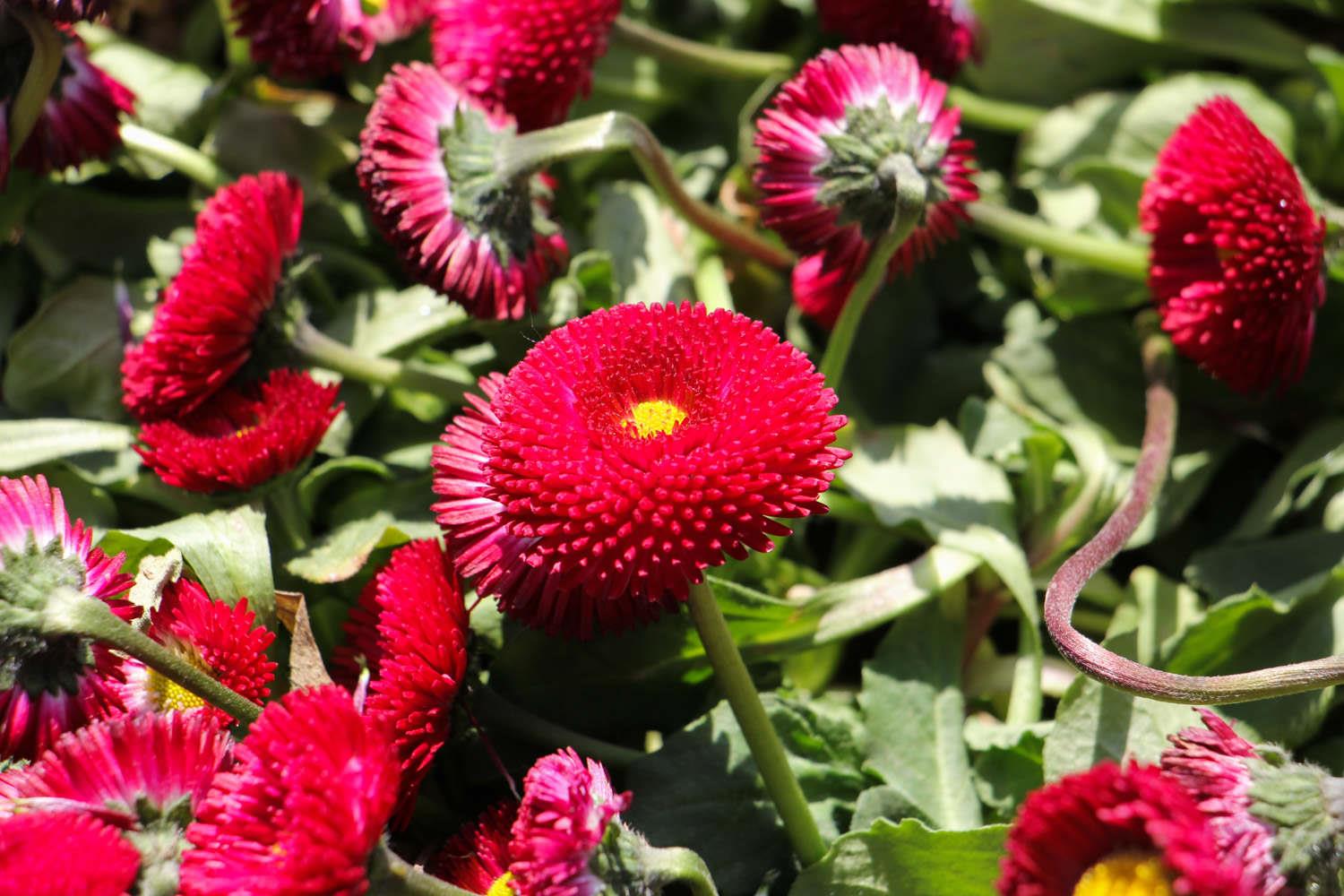What varieties of daisies are there?
Last Update :2024.11.14
Article Catalog
Commonly cultivated varieties of daisies at home and abroad include: Habanera series, with longer petals in white, pink, and red; Pompon series, with double petals of about 4cm in stems, in white, pink, and red; Rogallo series , large flowers, semi-double flowers, available in red, rose pink, pink, white, etc. Tasso series, flowers are double, available in pink, white, red.

Habanera Series
Daisies like cool climates and avoid hot weather. It likes light, tolerates semi-shade, and has no strict requirements on the soil of the cultivation site. The suitable temperature for seed germination is 22-28℃, and the suitable temperature for growth is 20-25℃. The southwest region is suitable for planting single or semi-double varieties with medium and small flowers. Varieties with medium and large flowers and double petals have weak growth and poor seed setting.
After years of cultivation and cross-breeding, the flower pattern, flowering period, flower color and plant height have been greatly improved compared to the wild type. Many horticultural varieties have been screened out to form different series of varieties. . Commonly cultivated varieties at home and abroad include the following:
Habanera series
The petals of the Habanera series are longer, and the flower stems can be as long as 6cm. The flowering period is early summer, white, pink red.
Pom pom series

Pom pom The double-petaled stems of the series of daisies are about 4cm in white, pink, and red colors with pleated petals.
Rogaro Series

Flowering Period Early, large flowers, semi-double, red, rose pink, pink, white, etc., flower stems about 3cm
Tasso series

The flowers of the Tasso series have double petals, with pleated petals, and the stems are mostly 6cm in pink, white, and red
Pom pom series
Rogaro series
Tasso series
- END -
Can Tillandsia bloom in winter?

Tillandsia is what we call purple-flowered bromeliads. Their flowers are very spec...
Precautions for repotting pocket coconuts

Choose the flower pot: If the root system of the coconut palm does not grow much, ...